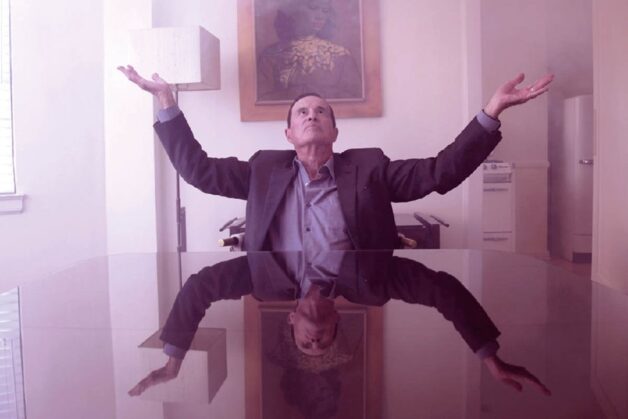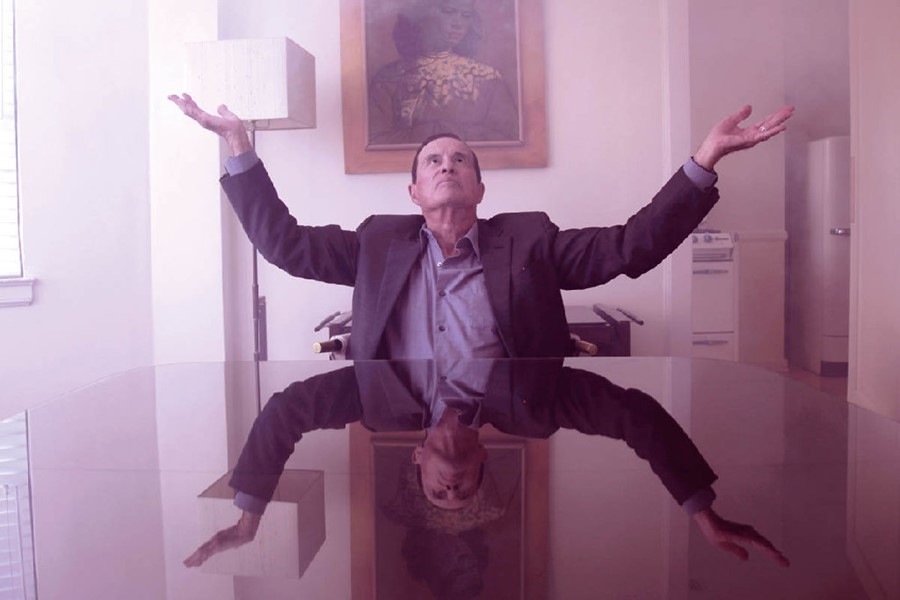In the Fall issue of the Gagosian Quarterly William Breeze pays homage to his friend the filmmaker and author Kenneth Anger, reflecting on his revolutionary work in color, Magick, and spirituality.
The article begins:
The teenager in his bedroom who changes the world: such was his debut with Fireworks, which first screened publicly in 1947. It was the ultimate home movie, shot during a home-alone episode while the parents were away, probably over Christmas 1946, when he was still nineteen.
Part of his genius was his ability to bridge liminality, to cross the border of waking and sleep, and to capture the vast interiority of our inner psychic spaces—and to do so on black-and-white 16mm in his parents’ living room.
Kenneth led, by preference, a monastic existence. He never had a long-term partner, describing himself as a “lone wolf,” although he had his obsessions, some of whom were cast as his “Lucifer.” He did sometimes live with friends, notably with Marjorie Cameron in Silver Lake, Los Angeles, with Anton LaVey at his “Black House” in San Francisco, and with Samson De Brier in Los Angeles at the Barton Avenue bungalow where Inauguration of the Pleasure Dome (1954) had been filmed. Inauguration took its title from Coleridge’s “Kubla Khan,” which describes an initiate of the mysteries, someone who had gone there and back again. His works covered the great triumvirate of our times: sex (Fireworks), drugs (Inauguration of the Pleasure Dome), and rock ’n’ roll (Scorpio Rising, 1963).
He liked children to a degree; he was my daughter’s godfather. He read voraciously, especially early sci-fi and fantasy, and the Symbolists and Decadents. He collected Rudolph Valentino artifacts and, when he had the space, maintained a shrine. If he had his own place, he favored strong, very intense colors, sometimes in high gloss. While he had a refrigerator, it contained nothing but film stock. He barely slept, suffering from a treatment-resistant form of insomnia. He was terrible with money. When he had some, as he occasionally did, he bought things with little thought of the price, often for others (his generosity was legendary), and soon found himself broke again. When he could, all through the ’50s and ’60s into his more threadbare ’70s, he dressed well, buying his clothes mainly in France. While he seemingly knew everyone, he was anything but a snob, accepting his friends, limitations and all, with good humor. He was subversive—he felt strongly that there was a great deal in this world in need of immediate subversion—but wasn’t tiresomely militant about it.
Read the whole piece: https://gagosian.com/quarterly/2023/08/29/essay-game-changer-kenneth-anger/


